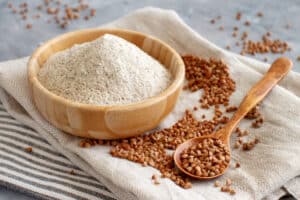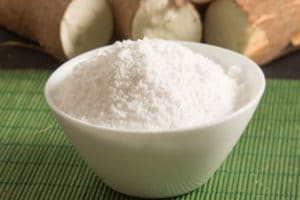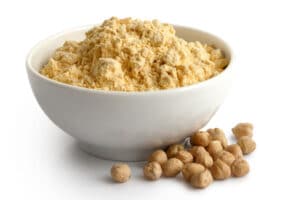What is Wheat Starch?
Wheat is a grass cultivated for the seed it produces. Starch is a carbohydrate that consists of numerous glucose units that are joined by Glycosidic bonds.
Wheat starch is made by washing the wheat to remove the bran or germ of the wheat. It is the carbohydrate extracted from the endosperm of wheat. Wheat starch is commonly used as a thickener and there are several alternatives you can use if you don’t have one.
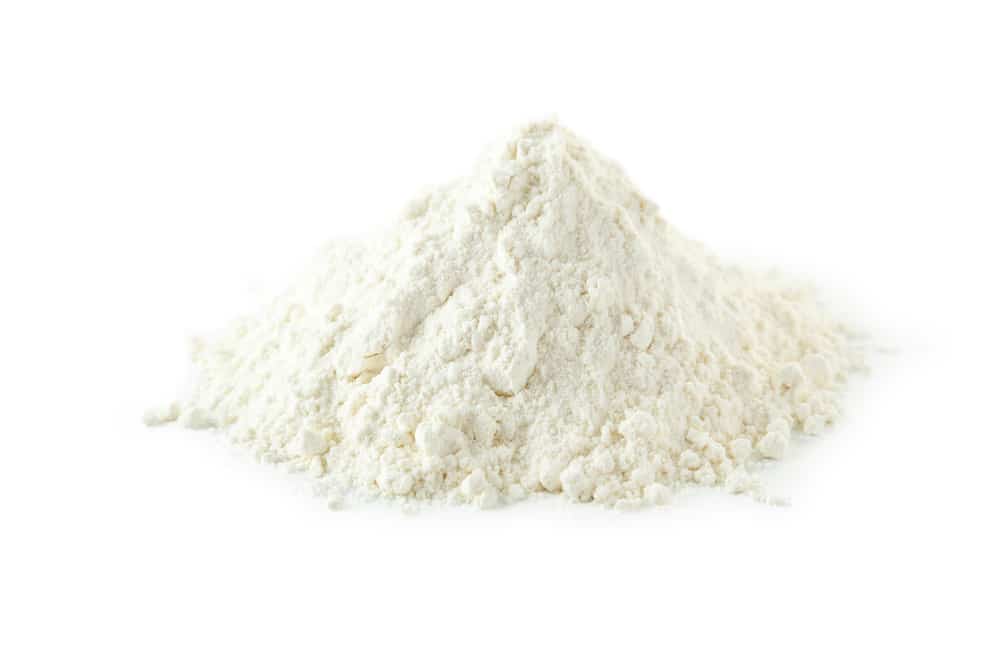
Top 5 Wheat Starch Substitutes
The best substitutes for wheat starch are Corn starch, Potato Starch and Tapioca Starch. Rice Starch and Xanthan Starch are also wheat starch alternatives.
1. Corn Starch
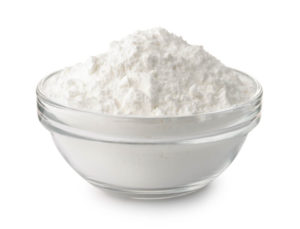
Corn starch is known as the best substitute for wheat starch. It starts with a powder extracted from corn kernels. It is a carbohydrate extracted from the starch-rich endosperm of corn. Luckily, this substitute is naturally gluten-free. Easily modified and versatile, this anti-sticking agent is also used in paper products.
Properties
Corn starch is best known as a thickening agent. Corn starch absorbs water well. Those who look for egg substitutes most often use corn starch.
How to Add It
Measure the substitute accordingly and mix until well combined. Whisk the wet and dry ingredients together until it begins to thicken.
Most Commonly Used In
Corn starch is commonly used as a coating for tarts, pies, waffles, cakes, and other desserts before you bake them. This thickening agent is used in soups, stews, and gravies. Health experts recommend corn starch as a healthy alternative to wheat starch.
2. Potato Starch
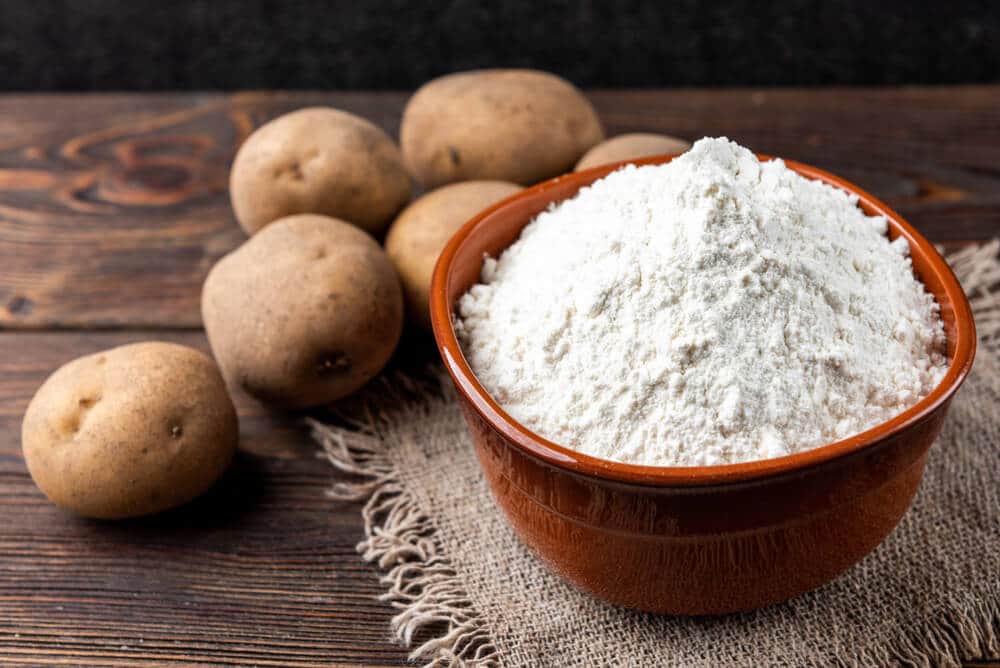
Potato starch is used as a thickening agent. Potato is not a grain, so it does not contain gluten.
Properties
Potato starch can tolerate high temperatures but be careful not to heat it too high, or it can break down. Potato starch is higher in carbohydrates, fat, and protein, so it is denser than the other alternatives.
How to Add It
You can use it as you would wheat starch. One tablespoon of potato starch would equal one tablespoon of wheat starch.
Most Commonly Used In
Potato starch is commonly used in soups, sauces, and pie fillings. When frying food, potato starch is a great gluten-free option that can withstand high temperatures.
Related Article: Potato Starch vs Potato Flour Comparison
3. Tapioca Starch
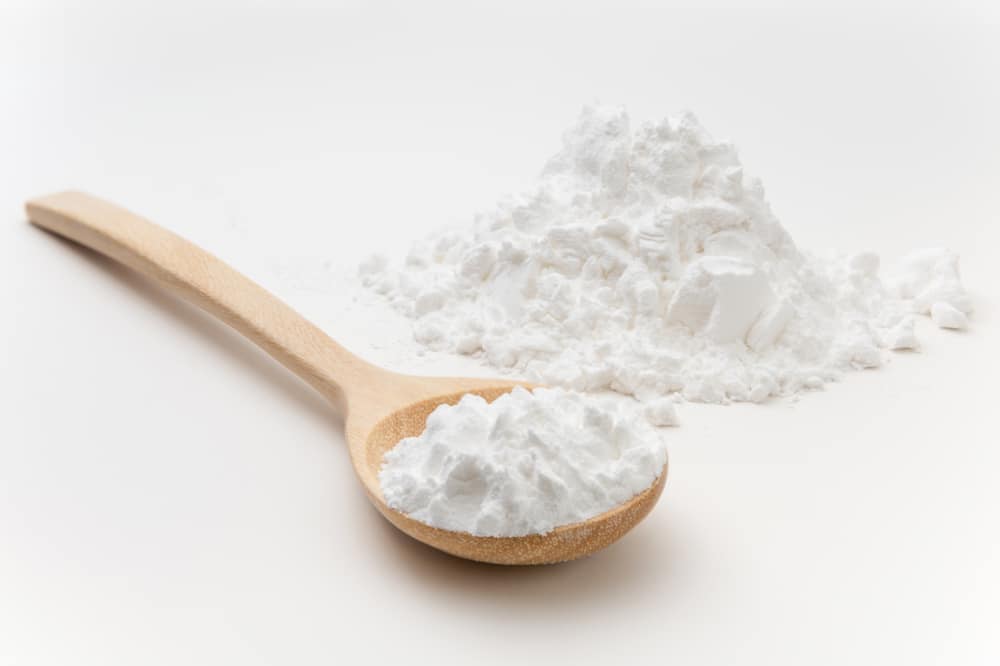
Tapioca starch comes from the cassava root and is used as a thickening agent. You can use it in savory and sweet dishes. This root vegetable is ground down to produce a liquid and then is dried to form the starch.
Properties
Tapioca starch cannot tolerate as high temperatures as potato starch, but it is a healthier choice. Tapioca starch offers a glossy finish to your food. Do not worry if you accidentally add too much; it does not thicken as quickly as wheat starch.
How to Add It
It is recommended to purchase it already prepared. The cassava plant contains cyanide which is a dangerous chemical substance. Follow preparation instructions carefully if you choose to make your tapioca starch. When using tapioca starch as a wheat starch substitute, you’ll want to use two tablespoons of tapioca starch to replace one tablespoon of wheat starch.
Most Commonly Used In
Tapioca starch is most commonly used in pasta and noodles such as dumplings and to make crisp crusts.
4. Rice Starch
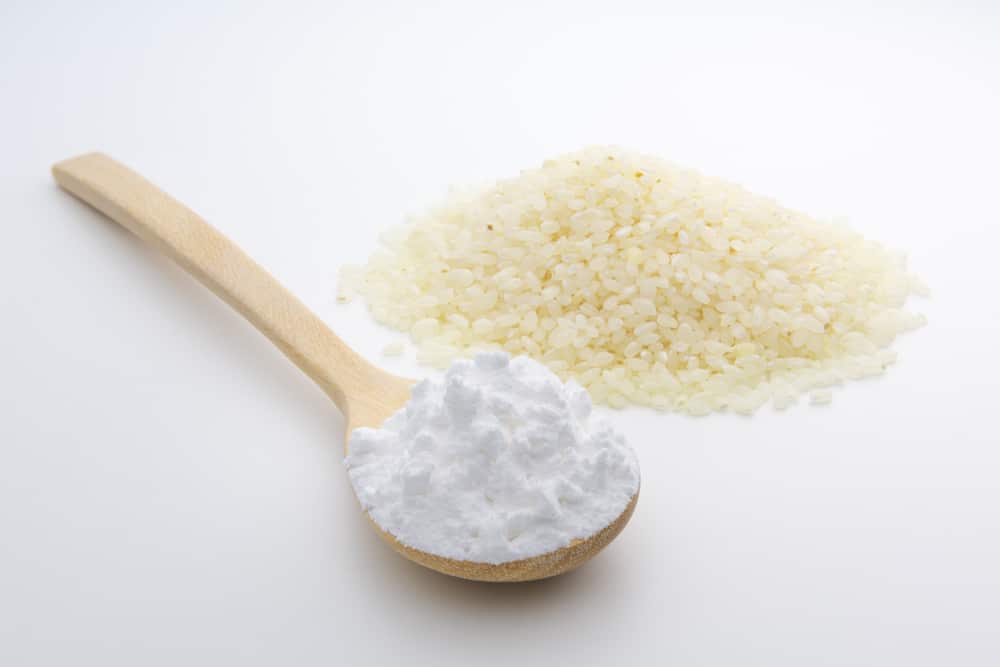
Rice starch is a carbohydrate extracted from white rice. Rice starch is gluten-free.
Properties
Rice starch has a smooth and creamy texture when mixed with hot water.
How to Add It
For maximum cooking results when using flour with rice starch, it is recommended to use three parts flour to one part rice starch. Every recipe contains its own ingredients and preparation methods; follow your recipe carefully.
Most Commonly Used In
Rice starch is commonly used in baby food, soup, sauce, or food coatings.
5. Xanthan Gum
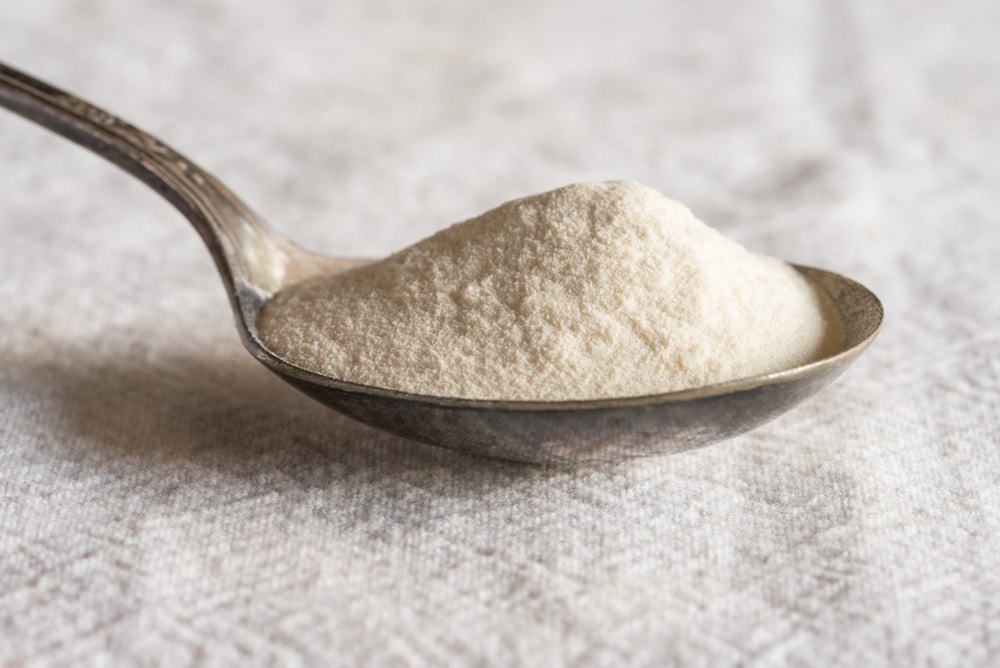
Xanthan gum is a starch that forms a gluey texture. This alternative comes from vegetable gum. It is made from fermenting sugar with plant bacteria. This plant-bacteria is called Xanthomonas Campestris. It is becoming more available in stores due to the number of people interested in gluten-free cooking.
Properties
It is a food additive that enhances elasticity. It allows gluten-free food to keep the same texture as it would in its original form. If you add too much, there is a chance of causing sliminess to your food and gastrointestinal issues. This healthy option is an excellent substitute for guilt-free desserts.
How to Add it
Replace wheat starch with xanthan gum by adding small amounts slowly and adding more until you reach your desired texture.
Most Commonly Used In
Xanthan gum is most commonly used to keep gluten-free foods together, cheeses, and seasonings. Some people make homemade shampoo using xanthan gum. Other individuals who may have experienced a stroke or have difficulty swallowing use xanthan gum to thicken liquids.
Frequently Asked Questions
Wheat starch is isolated from flour. The protein in wheat starch gives it a flour-like flavor and appearance, but it offers more strength and viscosity. You cannot use wheat starch to make bread. Corrugating adhesives and baked goods prefer wheat starch due to the lower gelatinization temperature.
Corn starch and potato starch are more main sources, yet wheat starch is produced on a smaller scale. Wheat starch is known for its stiffer finish in comparison to other starches. Wheat starch is less of a thickener. The paste, texture, clarity, and strength are similar. Wheat starch has a higher lipid content which makes it more difficult to process compared to other starches.
Wheat starch is most commonly used in food products and in baking and cooking. The paper industry is known to use wheat starch as an adhesive in corrugated boards. Other uses include laundry sizing and cotton finishing. Wheat starch is the most common component of pasta, up to 70% of the total ingredients; the wheat protein affects the cooking quality of spaghetti, whereas the starch plays a secondary role.
Yes, wheat starch can be modified. Modified wheat starch has superior emulsifying properties, especially in food products. Modified starch is treated to change the native properties. Most starch applications are modified.
Yes, there are many wheat starch substitutes. Corn starch, potato starch, tapioca starch, rice starch, and xanthan gum are the top five substitutes for wheat starch.
Wheat allergies are becoming more common. Celiac disease is an immune disorder triggered by gluten ingestion found in wheat. Those looking for an alternative to wheat when cooking may require a wheat starch substitute. Some alternatives to wheat starch offer glossier finishes on paper products or different consistencies and finishes.
Conclusion
Wheat starch is a versatile ingredient used in many products and food items. For anyone with a wheat allergy, a wheat starch substitute is an essential kitchen staple. Corn starch is the most readily available and popular substitute for wheat starch while providing a similar consistency.
The top five substitutes discussed above offer a variety of benefits to your recipes and projects. Be sure to carefully follow preparation instructions when cooking, as some of the substitutes have different properties.



